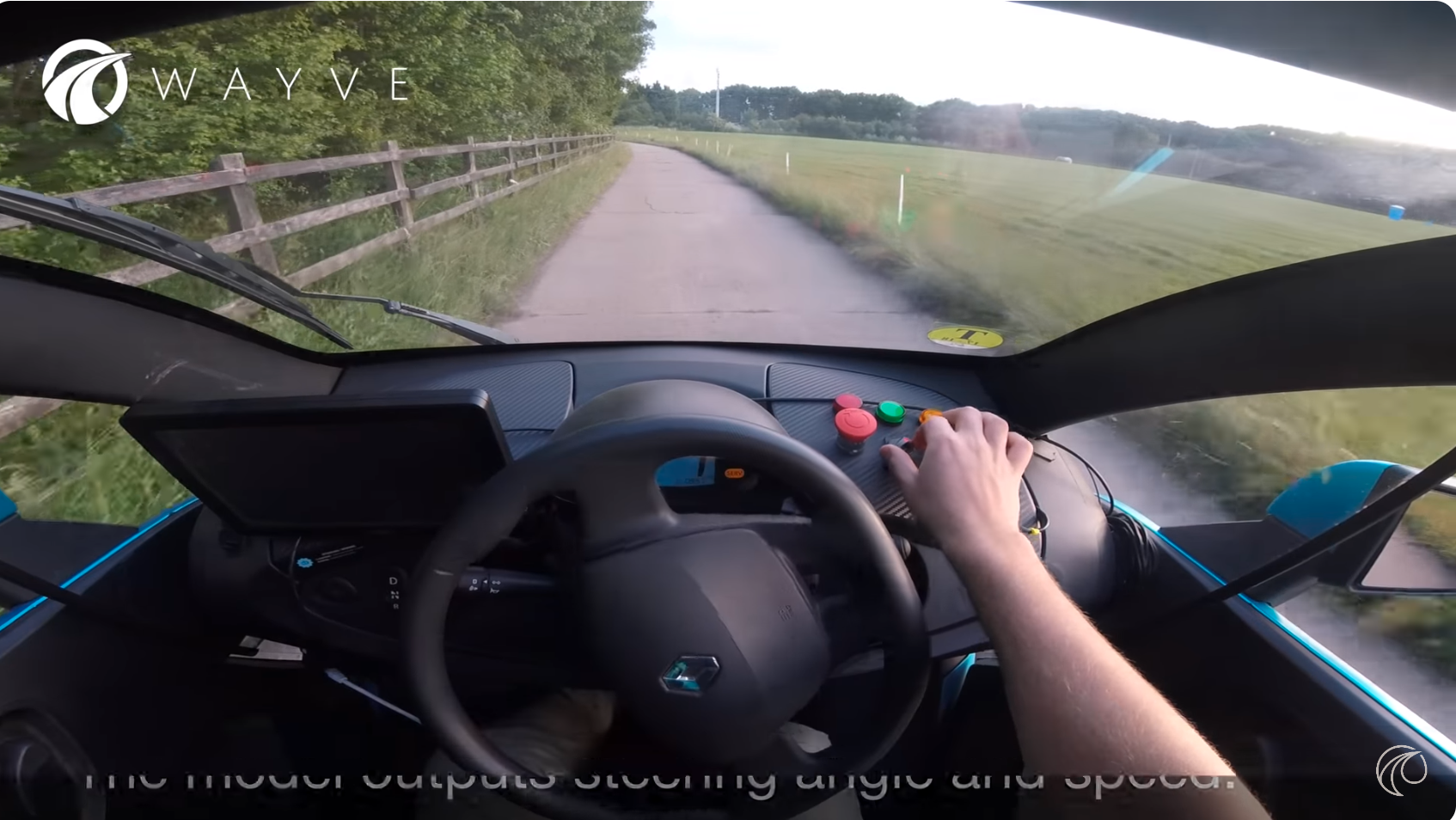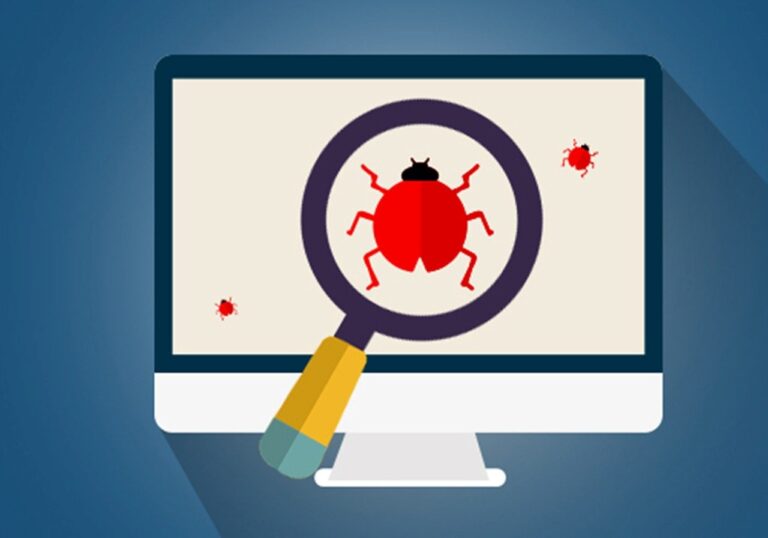
The British startup Wayve, which has pioneered self-driving technology on the streets of London, is preparing for a significant challenge. The company is set to test its vehicles in San Francisco, where they must learn to drive on the right side of the road instead of the familiar left.
Silvius Rus, Vice President of Software, notes that such a transition is far more complex than it may initially seem. Even an experienced human driver requires time to adapt, as it alters both road perception and turning techniques.
Wayve’s technology has already attracted record-breaking investment, securing $1 billion in funding this past May. The startup has also forged strategic partnerships with Uber and the online grocery networks Asda and Ocado. Now, the British company faces competition from industry titans of autonomous driving—Cruise, Waymo, and Tesla.
Over recent years, the company’s fleet has expanded considerably. While only two or three vehicles occupied the workshop in 2022, today both the workshop and the surrounding lot are filled with cars. Wayve’s unique approach to training its self-driving vehicles is unlike most competitors. The company employs an end-to-end learning technology rather than using specialized models for specific tasks, such as obstacle detection or route planning.
The vehicles are managed by a single large model that simultaneously learns all the necessary driving skills. This model is trained through video recordings, feedback from test drivers (many former driving instructors), and extensive simulations.
The trials have already shown promising results: a model trained on London’s streets successfully navigated other British cities, a feat in which competitors have faced considerable difficulty.
For rigorous testing, the PRISM-1 simulator recreates three-dimensional street scenes based on video footage, allowing the model to practice complex scenarios repeatedly in a virtual environment.
Particular emphasis is placed on unprotected turns—maneuvers where the vehicle crosses oncoming lanes without traffic lights. In the UK, such turns are performed to the left, whereas in the US, they are executed to the right, and developers are keen to understand how the model perceives this difference. On London’s streets, Wayve vehicles already exhibit impressive performance, maneuvering confidently in traffic, avoiding roadworks and cyclists, reading traffic signs, and applying defensive driving tactics.
The autonomous vehicle industry is navigating turbulent times. Recently, Cruise laid off hundreds of employees after its vehicles caused chaos on San Francisco’s streets. Tesla is under federal investigation due to crashes involving their driver assistance systems.
Despite these setbacks, the industry continues to evolve. Waymo reports 100,000 weekly robotaxi rides in San Francisco, Los Angeles, and Phoenix. In China, Baidu claims 287,000 rides across multiple cities, including Beijing and Wuhan.
Wayve’s leadership envisions even broader applications. According to Rus, the model under development could become a universal control solution capable of managing various types of machines—not only wheeled but also airborne or walking devices.


